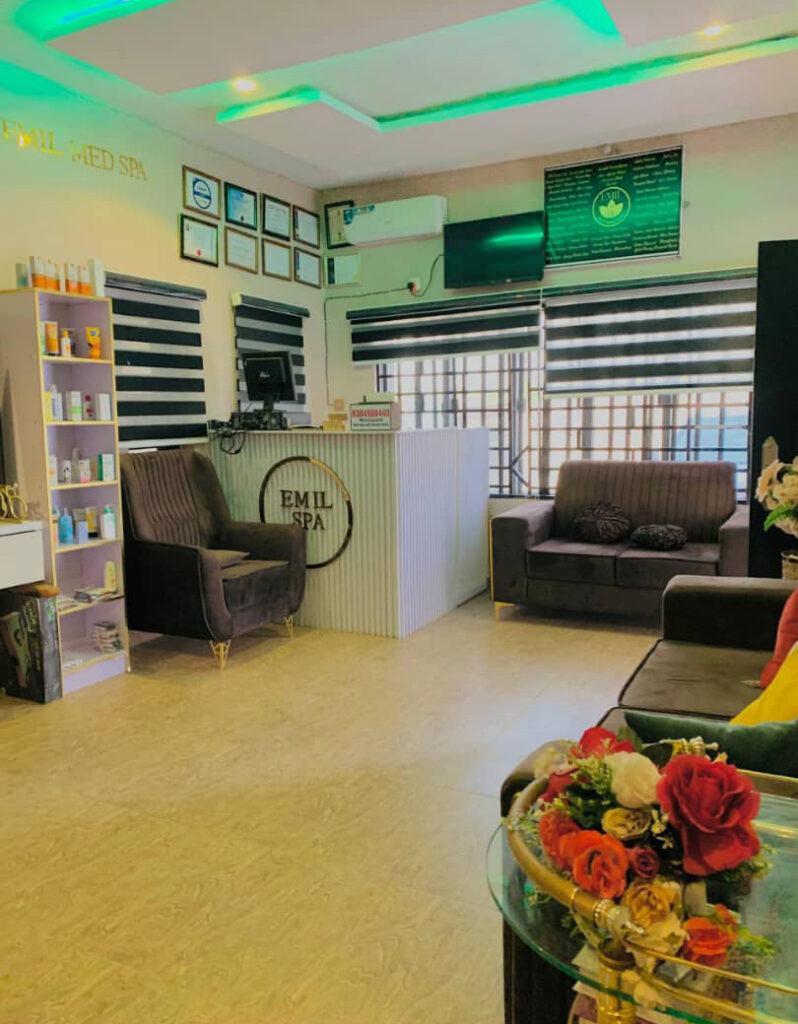- Home
- Services
-
-
Body Treatment
-
Vitamin IV Therapy
-
Massage
More Services

Considering a Service?
Feel free to reach out via message
or phone call. -
-
- Training
- Our Blog – Skincare Info At Your FingerTips
- Shop
- Contact
24hrs, Mon - Fri.
[+234] 70 3292 6970
- Home
- Services
-
-
Body Treatment
-
Vitamin IV Therapy
-
Massage
More Services

Considering a Service?
Feel free to reach out via message
or phone call. -
-
- Training
- Our Blog – Skincare Info At Your FingerTips
- Shop
- Contact
This website uses cookies to ensure you get the best experience on our website.
Download our app
Manage payments, schedule services, rate our service, track deliveries & more.
From
iOS App Store
From
Google Play
Newsletter
Subscribe to get exclusive offers, beauty tips & updates.
Follow Us on
Services
-
Medical spa
-
Dermatherapy
-
Aesthetics
-
Botox
-
Dermafiller
-
PDO threadlift
-
Body Treatment
-
Vitamin IV Therapy
-
Facials
-
Pedicure
-
Massage
-
Chemical Peel
-
Body Enhancement
-
Mesotherapy
-
Semi Permanent Makeup
-
Haircare/Hairdressing & Washing

Mono threadlifts and PDO threadlifts are both non-surgical facial rejuvenation treatments that use dissolvable sutures made from polydioxanone (PDO) to lift, tighten, and stimulate collagen in the skin — but they differ in purpose, design, and results.
Here’s the breakdown:
1. PDO Threads in General
2. Mono Threads
3. Barbed PDO Threadlifts (often just called “PDO threadlifts”)
Key Differences
💡 Combination approach: Many practitioners use both — mono threads for texture and barbed threads for lifting — to give a more complete rejuvenation.